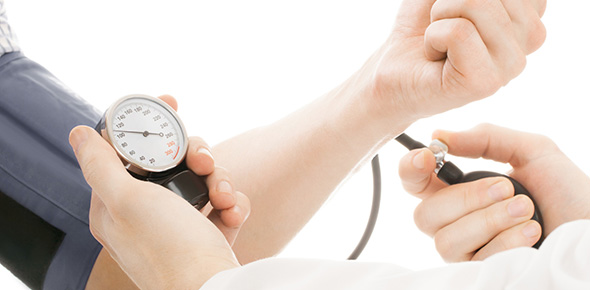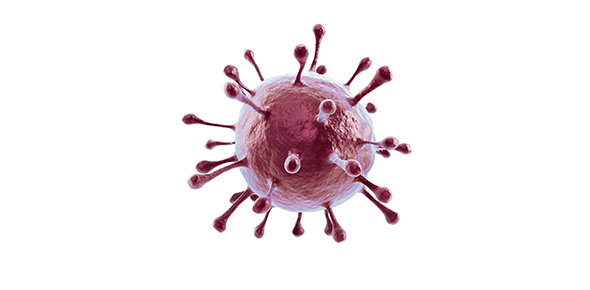Related Flashcards
Related Topics
Cards In This Set
| Front | Back |
|
What are the blood pressure levels for normal and hypertensive patients?
|
Classification SBP DBPNormal <120 <80Prehypertension 120-139 80-89Stage 1 Hypertension 140-159 90-99Stage 2 Hypertension >/= 140 >/= 100
|
|
What is the most common form of hypertension and why is it called what it is?
|
Essential hypertension. It is idiopathic, and called essential because they used to think that it was a natural occurrence for BP to increase with age.
|
|
Explain the hypertension patterns of men and women.
|
At the age of puberty, men's systolic and diastolic are higher than women's, but women eventually catch up. There is an acceleration at the rate of BP increase after menopause.
|
|
What are the consequences of hypertension: (10)
|
Cardiac hypertrophy (heart works too hard)Increased incidence of atherosclerosisAnginaMyocardial infarctionHeart failureThrombosis and hemorrhage of cerebral vesselsDementiaRenal FailurePeripheral arteral diseaseRetinopathy
|
|
What are some cardiovascular risk factors? (10)
|
Metabolic syndrome -hypertension, DM, elevated LDL or low HDL, obesityOther -Age (>55 female, >65 male) -Estimated GFR <60 ml/min -Family history of premature cardiovascular disease -Microalbuminuria -Physical inactivity -Tobacco usage (particularly cigarettes)
|
|
Theories of Essential Hypertension (8)
|
Fundamental faultGenetic (30%)Disordered of regulation (impaired homeostasis)NeurogenicPsychogenic (stress, anxiety)Disease of adaptation (blood to some organ/tissue)Disruption of normal renal-body fluid relationship -Excess dietary Na+ -Impaired renal functionMultifactorial Thesis
|
|
Lifestyle Modifications to Prevent and Manage Hypertension
|
Weight reduction - normal BMI (18.5 - 24.5)Adopt DASH eating plan - Reduced saturated and total fatDietary sodium reduction - no more than 100 mmol/day - 2.4g sodium or 6g sodium chloridePhysical activity - 30 min/day most daysModeration of alcohol consumption - 2 for men, 1 for women per day
|
|
Classes of antihypertensive drugs
|
Diuretics - Thiazides, loop diuretics, K+ sparingBeta Blockers - Arterial or arterial and venousCalcium Channel BlockersSympatholytic Drugs Renin-angiotensin system blockers
|
|
Algorithm for Treatment of Hypertension
|
1. Lifestyle2. Lifestyle + initial drug -w/o compelling indications -Stage 1 = thiazides, maybe ACEI, ARB, BB, CCB -Stage 2 = 2 drug combo: thiazide + one of other
|
|
Primary targets for antihypertensive drugs (4)
|
-Controls of fluid balance-Vascular smooth muscle-Both central and peripheral components of the sympathetic nervous system-The renin-angiotensin systems
|
|
Thiazide Diuretics as antihypertensives (Hydrochlorothiazide, Chlorothiazide)
|
MOA: Inhibits NaCl reabsorption in the early segments of the distal tubule to facilitate sodium and chlorine loss
Toxicity: hypokalemia, hyponatremia, contraction alkalosis, uric acid retention, allergic reactions, metabolic, weakness, impotence, headache |
|
Loop Diuretics as antihypertensives(Furosemide, Bumetanide, Ethacrynic acid)
|
MOA: Relatively short-acting agents that inhibit NaCl reabsorption in the thick ascending loop of henle.
Not for uncomplicated hypertension - reserved for patients with renal or cardiac failure or on minoxidil. Toxicity: hypokalemic metabolic alkalosis, ototoxicity, magnesium wasting, hyperuricemia, allergic reactions, nausea, cramps, dizziness, diarrhea |
|
Potassium-Sparing Diuretics as antihypertensives(Spironolactone, Amiloride, Triamterene)
|
MOA of spironolactone: antagonizes efects of aldosterone at the cortical collecting tubule.MOA of others: directly inhibits Na+ transport in the collecting tubule.
Used to offset K+ loss due to thiazides and loop agents Toxicity: Hyperkalemia, nausea, headche, allergies, gynecomastia and imptence |
|
What is autoregulation?
|
Autoregulation: blood flow is maintained nearly constant in many vascular beds despite highly varying arterial pressure
|
|
What are the potential mechanisms of autoregulation?
|
Myogenic theory: a contractile response to stretch is an inherent property of vascular smooth muscle.
Metabolic theory: vasodilator substances accumulate in active tissues. When blood flow is low, their concentration is high. When blood flow is high, they are washed away. |







